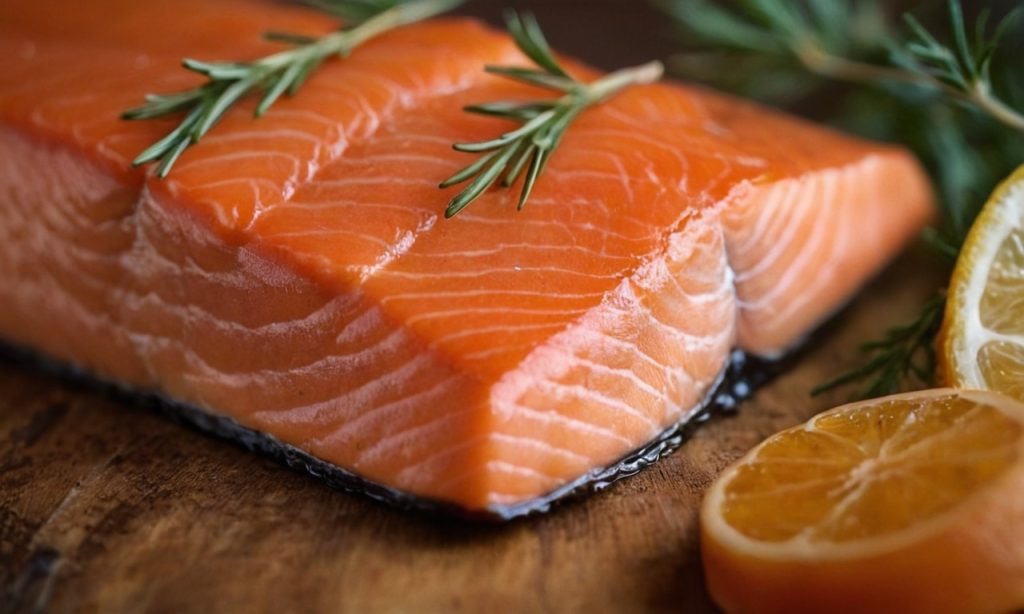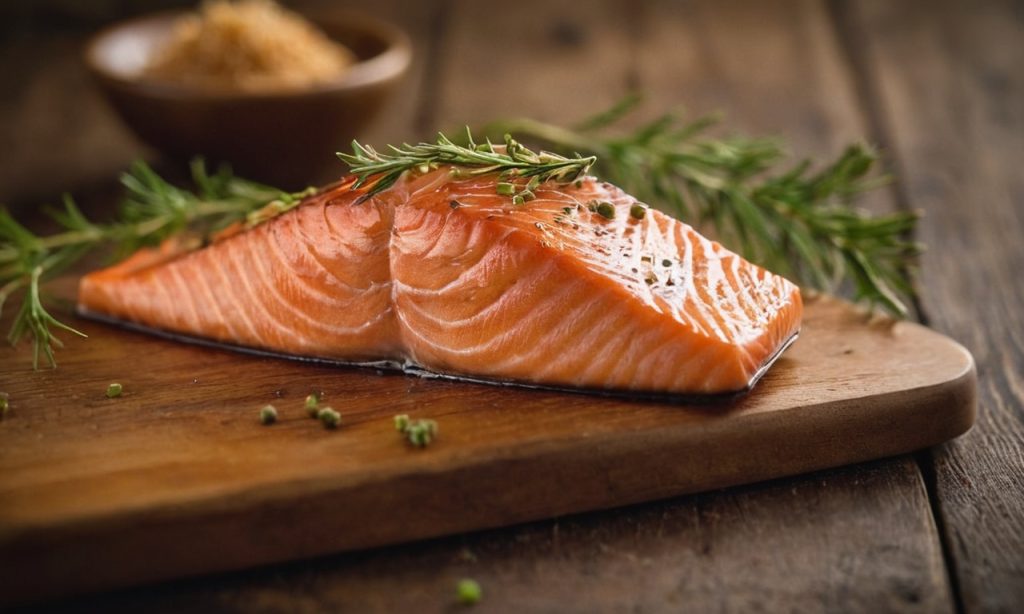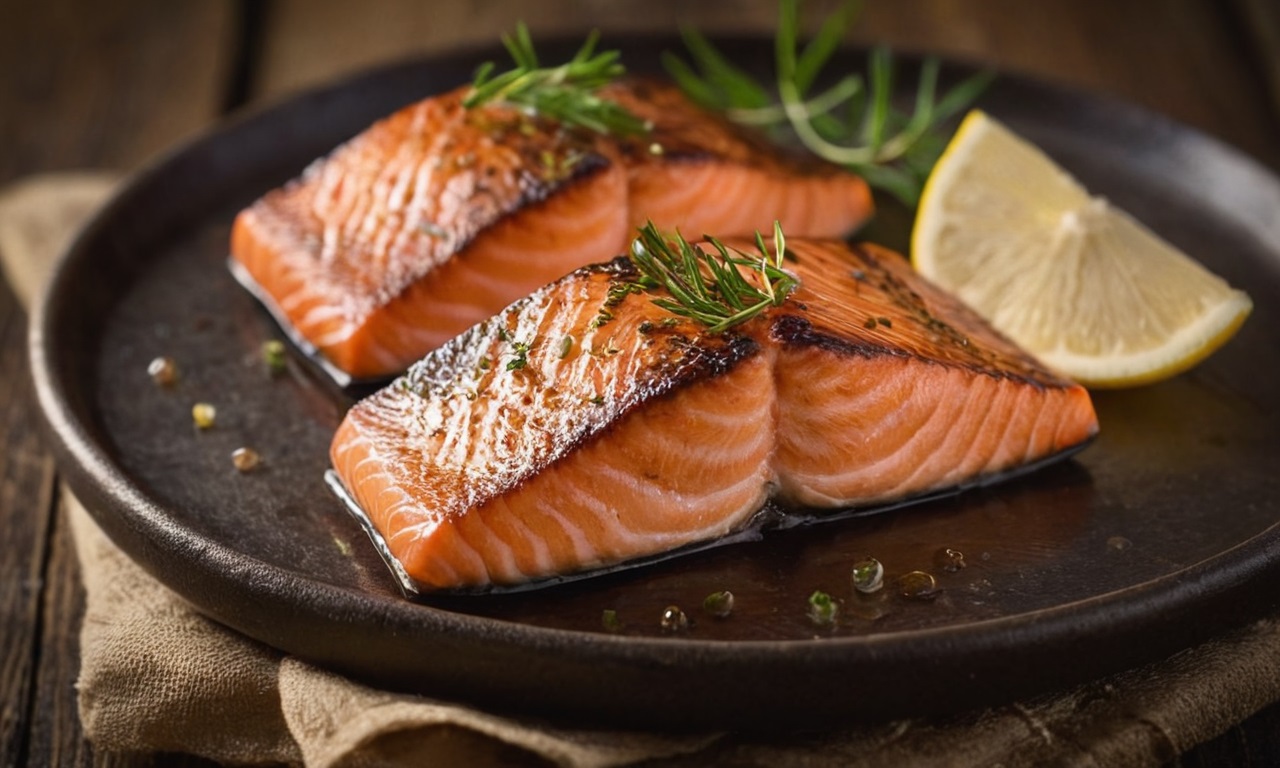Delving into the world of Keta Salmon, or as it’s sometimes known, Chum Salmon, reveals a fascinating journey from the pristine waters of Alaska to the culinary landscapes across the globe. This article is your compass to navigate the vast sea of information surrounding this remarkable fish species. From its unique biological traits and nutritional profile to its harvesting methods, sustainability efforts, and irresistible recipes, we’ve got every angle covered. Join us as we embark on this exploration, uncovering the essence of Keta Salmon and its pivotal role in both the ecosystem and our kitchens.
Understanding Keta Salmon

The Basics of Keta Salmon
Keta Salmon, with its scientific name Oncorhynchus keta, is more than just another fish in the sea. Native to the cold, nutrient-rich waters of the northern Pacific Ocean, this species is a marvel of the marine world. With sizes that can astonish, ranging from a modest 8 pounds to a hefty 20, Keta Salmon showcases nature’s grandeur.
But what truly sets it apart is its adaptability. Whether in the silvery blue expanses of the ocean or the vibrant, rushing streams of Alaska, this fish thrives. Its color palette transforms from a metallic blue and silver sheen to richer, darker shades as it embarks on its spawning journeys, a testament to its dynamic life cycle.
The Significance of Keta Salmon in Alaska
In the heart of Alaska, Keta Salmon is not just a fish; it’s a cultural icon, an economic pillar, and an environmental hero. The Alaskan waters, known for their purity and unspoiled beauty, are the perfect backdrop for the story of this salmon. Here, it’s not just about the catch; it’s about harmony with nature, sustainable practices, and a legacy of fishing that respects the delicate balance of the ecosystem.
The abundance of Keta Salmon during its seasonal runs turns the Alaskan shores into bustling hubs of activity. Fishermen, local communities, and wildlife all converge in a spectacular display of life’s interconnectedness. It’s a time of harvest, celebration, and also a reminder of our responsibility towards sustainable practices, ensuring that the bounty of Alaska remains for generations to come.
As we delve deeper into the world of Keta Salmon, let’s not forget the essence of this journey. It’s a narrative woven with threads of ecological significance, culinary delights, and the enduring spirit of Alaska’s wild, untamed beauty. Stay tuned as we explore the biology, the nutritional benefits, and the culinary versatility that make Keta Salmon a true treasure of the sea.
Biological and Physical Characteristics
Scientific Classification and Names
Diving into the depths of Keta Salmon‘s identity, we uncover a world rich in scientific lore and nomenclature. Known scientifically as Oncorhynchus keta, this species belongs to the vast and varied Salmonidae family, a group renowned for its importance both ecologically and gastronomically. The name “Keta” itself, steeped in the language of the indigenous peoples of the Pacific Northwest, echoes the deep connection between nature and culture in these regions.
But wait, there’s more to this fish than meets the eye! Often dubbed “Chum Salmon,” it carries the tales of its journey, not just in its name but in every fin and scale. This duality of names mirrors the fish’s adaptability and the myriad ways different cultures have come to know and cherish it.
Physical Appearance Across Life Stages
Behold the Keta Salmon, a spectacle of evolution and adaptation. From its juvenile stages in the nurturing freshwater streams to its vast sojourns in the open ocean, this fish is a master of disguise and transformation. Initially clad in the silvery blues and greens of the ocean’s palette, the salmon’s sleek, streamlined body is built for endurance and speed.
As the seasons turn and the call of the spawning streams beckons, a dramatic shift occurs. The Keta Salmon dons its spawning attire, a mottled tapestry of olive greens and maroons, a vivid declaration of its readiness to embark on the most critical journey of its life. This metamorphosis is not just skin deep; it’s a profound transformation that touches every aspect of its being, from the sharp, pronounced teeth of the males, battle-ready for the spawning grounds, to the elongated, robust bodies poised to navigate upstream.
In this dance of life, where every color shift and fin flick tells a story of survival and legacy, the Keta Salmon emerges not just as a fish, but as a symbol of the wild, untamed spirit of the natural world. As we peel back the layers of this magnificent creature’s biology and appearance, we gain not just knowledge, but a deeper appreciation for the intricate tapestry of life that it represents.
Harvesting and Seasonality
Methods and Techniques
The harvesting of Keta Salmon is a dance as old as time, choreographed by nature and refined by human ingenuity. As the salmon make their grand return from the Pacific to their natal rivers, a variety of methods come into play to ensure a sustainable catch. From the use of gillnets that gently enmesh the fish to the more personal touch of rod and reel, each technique reflects a balance between tradition and conservation.
Sport fishing enthusiasts find joy in the challenge of the catch, employing fly fishing techniques that test skill and patience. Meanwhile, commercial fishermen rely on purse seines and drift nets, tools that, when used responsibly, allow for the bounty of the sea to be shared far and wide.
Seasonality and Fishing Regulations
The rhythm of the Keta Salmon run is a natural calendar, marking time with the ebb and flow of the seasons. From the late spring thaw to the crisp winds of early autumn, each period signals a unique phase of the salmon’s journey. This seasonality is sacred, dictating not only the life cycle of the salmon but also the livelihoods of those who depend on them.
Alaska, with its commitment to sustainability, enforces strict fishing regulations to protect this seasonal rhythm. These laws ensure that the harvest aligns with the natural cycle of the salmon, allowing for replenishment and maintaining the health of the population. It’s a delicate balance, one that requires constant vigilance and a deep respect for the rhythms of nature.
As we delve into the nuances of Keta Salmon harvesting, it becomes clear that this is more than just a means to an end. It’s a tradition that honors the fish, the environment, and the communities that coexist with this remarkable species. The seasonality and the methods employed are a testament to our capacity to work within nature’s parameters, ensuring that the story of the Keta Salmon continues for generations to come.
Sustainability and Environmental Impact
The Sustainability of Keta Salmon Fishing
In today’s world, where the word ‘sustainability’ is not just a buzzword but a necessity, Keta Salmon fishing practices shine as a beacon of hope. It’s heartening to see how the Keta Salmon industry has adapted to the changing tides, prioritizing eco-friendly fishing methods to ensure that this precious resource remains abundant for future generations.
Fisheries management is no small feat, but when it comes to Keta Salmon, the meticulous efforts to maintain sustainable harvesting levels are truly commendable. It’s all about striking that delicate balance—allowing us to enjoy the rich flavors of this fish while keeping the population healthy and thriving.
Keta Salmon and Climate Change
Alas, the shadow of climate change looms large over the oceans and their inhabitants. The impacts are far-reaching, altering water temperatures, disrupting traditional migration routes, and even affecting the very food web that sustains life beneath the waves. For Keta Salmon, these changes pose significant challenges, threatening their spawning rituals and overall survival.
But it’s not all doom and gloom. The resilience of Keta Salmon, coupled with ongoing conservation efforts, offers a glimmer of hope. By understanding the complexities of climate change and its impact on marine life, we can devise adaptive management strategies. These strategies are not just about safeguarding Keta Salmon; they’re about preserving the intricate tapestry of marine biodiversity.
The journey of Keta Salmon from the vast, open ocean to the rivers of Alaska is more than a migration; it’s a symbol of nature’s intricate balance. As we delve into the sustainability and environmental impact of Keta Salmon fishing, let’s remember the broader picture. It’s a story of coexistence, of understanding our role in the ecosystem, and of taking steps, both big and small, to protect the natural world that sustains us.
Cooking with Keta Salmon

Best Cooking Methods for Keta Salmon
Keta Salmon, known for its lean, dense meat, is a culinary delight that adapts beautifully to a variety of cooking methods. The secret to unlocking its subtle flavors lies in gentle cooking techniques that preserve its delicate texture. Baking, broiling, and grilling, when done at just the right temperature, can transform this salmon into a centerpiece dish that’s both nutritious and flavorful.
Steaming and poaching are also excellent methods, especially for those seeking a softer, more moist texture. These techniques allow the natural essence of the Keta Salmon to shine through, complemented by the gentle infusion of aromatics and herbs.
For those who prefer the simplicity and elegance of baking, understanding the precise time and temperature is crucial for achieving that perfectly flaky texture. Dive deeper into mastering the art of baking salmon with our guide on How Long to Bake Salmon at 400°F: Perfect Results Every Time, ensuring your Keta Salmon is cooked to perfection.
Popular Keta Salmon Recipes
The versatility of Keta Salmon extends into a myriad of recipes, each bringing out a unique aspect of its flavor profile. For a classic, simple preparation, consider baking the salmon with a sprinkle of sea salt, a dash of olive oil, and a squeeze of fresh lemon. This method highlights the salmon’s natural taste, making it a perfect match for a wide range of side dishes.
For those who enjoy a bit of culinary adventure, Alaskan Keta Salmon can be the star ingredient in more elaborate dishes. Imagine it in a hearty salmon fried rice, enriched with the flavors of fresh vegetables and a hint of soy sauce. Or, picture it as part of a vibrant salmon musubi, where it’s paired with sticky rice and wrapped in nori for a delightful sushi experience.
And for a truly gourmet preparation, why not try roasting Keta Salmon with a tzatziki sauce? The cool, creamy sauce complements the salmon’s texture and taste, creating a dish that’s both elegant and comforting.
In the world of seafood cuisine, Keta Salmon holds a place of honor. Its adaptability to various cooking methods and its compatibility with a broad spectrum of flavors make it a favorite among chefs and home cooks alike. As we continue to explore the wonders of this exceptional salmon, let’s savor not just its taste but also the rich culinary traditions and sustainable practices that it represents. Stay tuned for more insights and inspirations as we delve further into the story of Keta Salmon.

